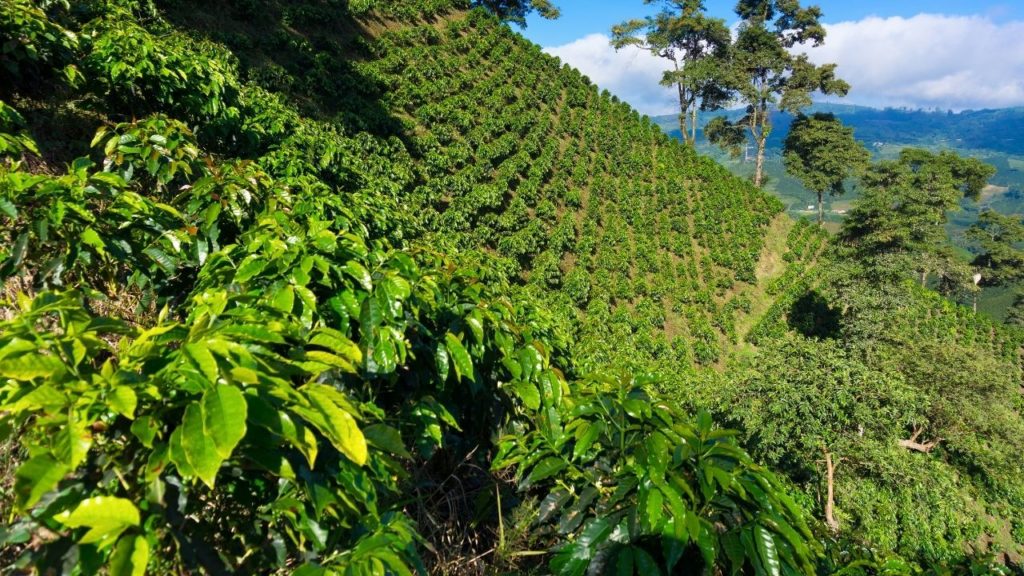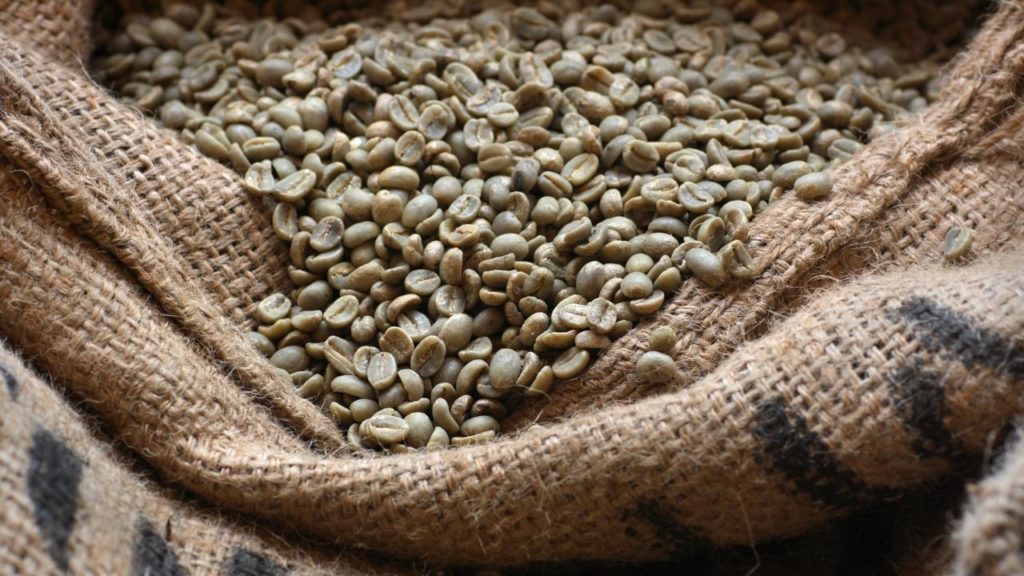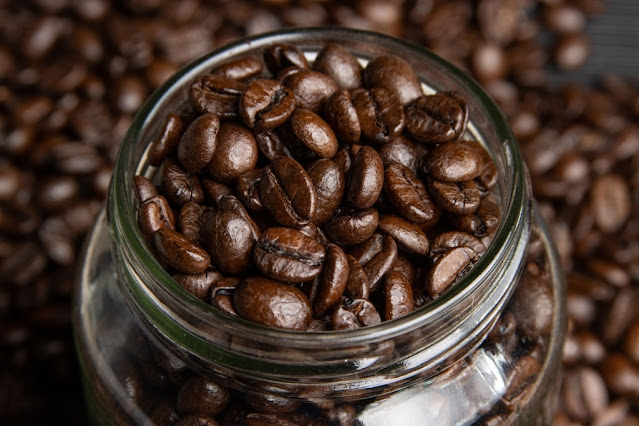but constitute solid enough bases to open the doors of a new world to you! Let's explore coffee .
Origin of coffee: a plant, the coffea

Two species in the spotlight are most often found in your cup: the Coffea Arabica , as well as the coffea canephora renamed robusta for explicit reasons (the latter is more robust and easier to grow).
The differences between the two will be the subject of another article, but roughly:
- Coffea Arabica represents , according to sources, between 65 and 80% of world production. Richer in aromas, lower caffeine content, somewhere around 1% and grows in special conditions (above 600-800m, between 15 and 24°C, in the shade, etc.).
It is generally erected as a workhorse in marketing strategies, without that making any sense.
The best coffees are not necessarily 100% arabica blends nor a pure origin (so only one variety, no blend) arabica.
The best coffee… is yours, the one you will enjoy the most. There are endless possibilities!
- Robusta coffee represents around 30% of world production. More bitter and full-bodied, it is only rarely consumed as such but is used to create more or less balanced Arabica/Robusta blends. 60/40, 70/30, 80/20, 90/10… It is more resistant to diseases, grows to lower heights and has for all these reasons and more, a better yield.
The making of coffee

First, a coffee cherry. Inside this cherry, two green coffee beans.
This green coffee bean has neither the taste nor the smell that we know of. To do this, it must undergo all the stages of coffee production, namely the one that interests us the most: roasting.
This famous coloring and these aromas are obtained by a reaction that is just as responsible for that little burnt taste that we love so much during a barbecue: the Maillard reaction. That's the job! All you have to do is grind your coffee.
Coffee roasting is an art that also deserves an article in its own right.
Let's focus on what's next! Once your coffee is roasted, you have to grind it, i.e. grind it to obtain a specific grind for the extraction/infusion you are going to do in order to obtain your coffee.
An espresso machine grind? It's a fine grind! A grind for a French press or French press coffee maker? It's a coarse grind!

If you are an epicurean, you will generally buy your coffee beans to grind it yourself.
Coffee beans can be bought in a specialized store as well as a supermarket, in your favorite coffee shop or even on the internet.
In short, everywhere! Why deprive yourself of it?
Comparing ground coffee and coffee beans is like comparing canned tuna and fresh tuna bought from the fishmonger.
The best you can do to enjoy your coffee as it should is to always buy it in beans to grind it at the last moment and thus avoid losing aromas and flavors.
There are mills for all budgets! Manual as electric. You'll see, it's day and night!

You are now ready to go in search of hidden treasures and make your day more beautiful as soon as you wake up! Get ready and go discover coffee!

